NewSpace Research and Technologies has revealed its latest military drone platform at Aeroindia 2025, marking India‘s ongoing development in naval unmanned combat aircraft. The “Abhimanyu” drone, designed as a loyal wingman system, represents the foundation for India’s Naval Collaborative Combat Air Vehicle (N-CCAV) program, which the company has been developing since at least 2023, reports The War Zone.
The aircraft’s specifications indicate relatively modest performance compared to international competitors, with a maximum speed of 342 mph (300 knots), operational range of 620 miles, and service ceiling of 19,700 feet. These capabilities position it below many contemporary combat drones, raising questions about its ability to effectively accompany carrier-based fighters like India’s MiG-29Ks and upcoming Rafale-Ms. The Indian Navy envisions developing a family of different Abhimanyu variants with increasingly diverse capabilities through iterative development cycles.
Technical analysis of the unveiled model shows design elements focused on radar signature reduction, including a continuous chine-line and recessed engine intakes. However, the overall configuration suggests a compromise between stealth and cost rather than a fully low-observable design. The current iteration differs completely from previous concepts shown by NewSpace, demonstrating significant evolution in the program’s approach.
The program’s current funding through India’s Innovations for Defence Excellence (iDEX) initiative stands at approximately $2.85 million, a figure industry experts suggest will need substantial expansion to achieve operational capability. According to reports from Livefist, NewSpace is developing the N-CCAV with an emphasis on cost-effectiveness and potential expendability, though specific production strategies remain undefined.

At the same Aeroindia 2025 event, NewSpace also unveiled their Sheshnaag line of smaller uncrewed aerial systems with swarming capabilities, including kamikaze types. This broader drone ecosystem demonstrates the company’s expanding capabilities in autonomous systems, built partly on their experience developing AI/ML-driven swarming technologies for smaller platforms.
In the broader market context, Abhimanyu represents a different philosophy from competing programs like HAL’s twin-engine Warrior drone or China‘s GJ-11 Sharp Sword. While these platforms emphasize high performance and sophisticated stealth characteristics, Abhimanyu appears positioned as a more modest solution with potential for iterative improvement.
The Indian Navy’s investment comes at a pivotal moment for the service’s carrier aviation strategy. Recent reports indicate potential scaling back of carrier procurement plans, with the proposed second indigenous carrier potentially replacing rather than supplementing the INS Vikramaditya.
For the naval aviation sector, Abhimanyu’s development signals growing international interest in carrier-capable unmanned systems. However, the program faces significant technical challenges, particularly in achieving reliable autonomous operations in the demanding carrier environment. NewSpace brings relevant experience from their work on autonomous capabilities and swarming technologies with smaller drones, as well as past collaboration with the U.S. Air Force on air-launched effects systems.
The project’s evolution will likely influence future unmanned naval aviation development, particularly for nations seeking carrier air wing expansion. While the current specification set appears conservative, the planned family of variants could yield more capable systems as the technology matures.
Market analysts should note that the program’s modest initial funding and India’s history of extended defense procurement timelines suggest operational capability remains several years distant. The success of this program could significantly impact India’s naval aviation capabilities, though substantial technical and financial challenges lie ahead.
Discover more from DroneXL.co
Subscribe to get the latest posts sent to your email.
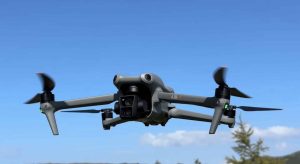
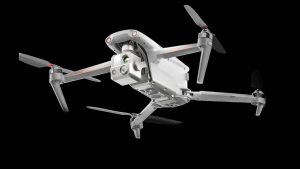


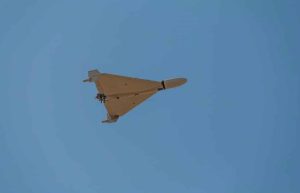
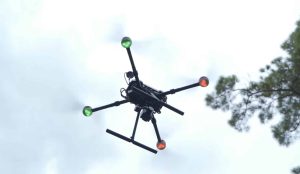
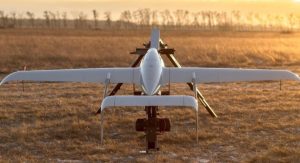
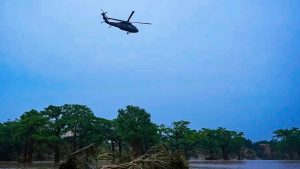

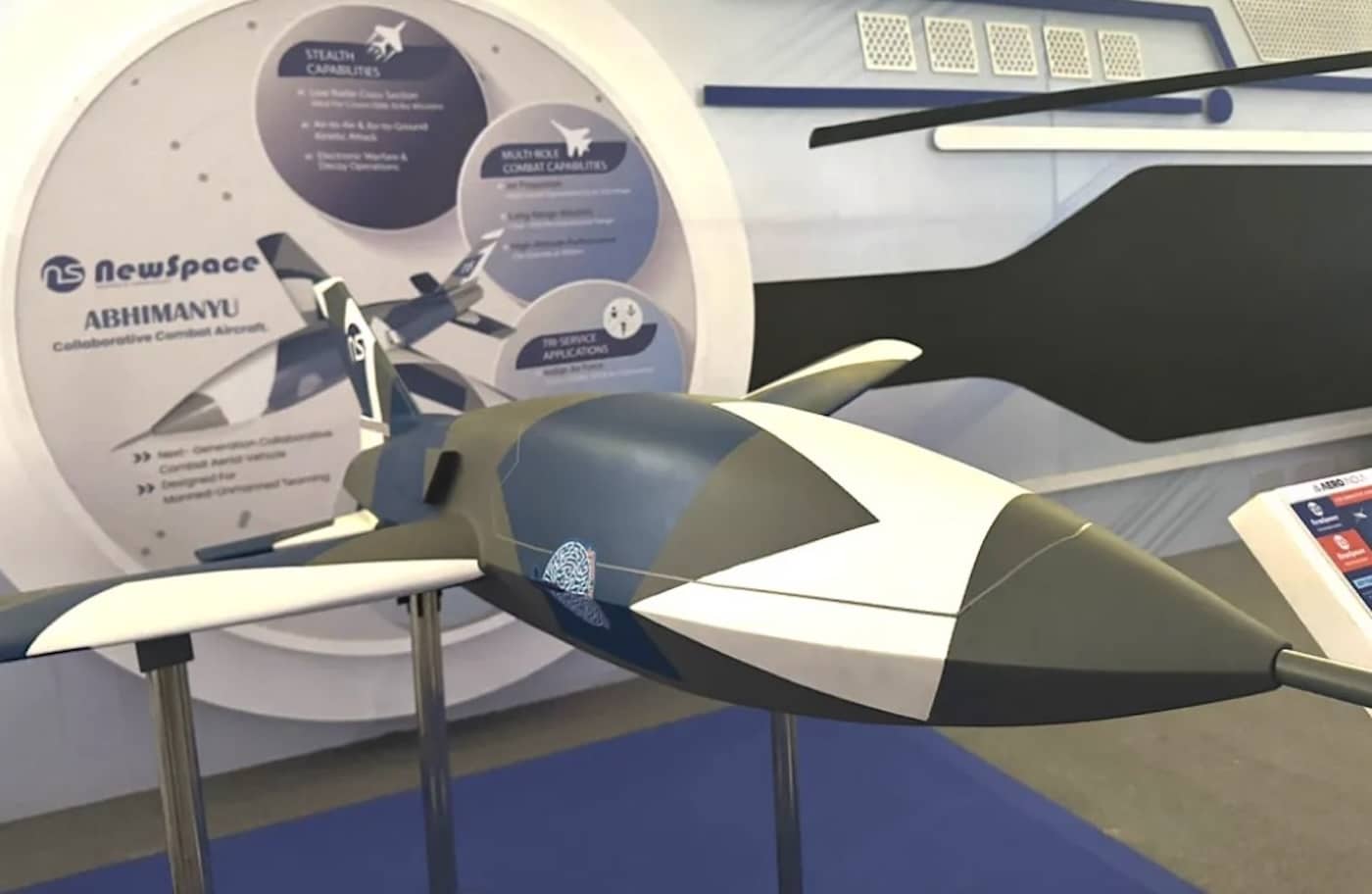
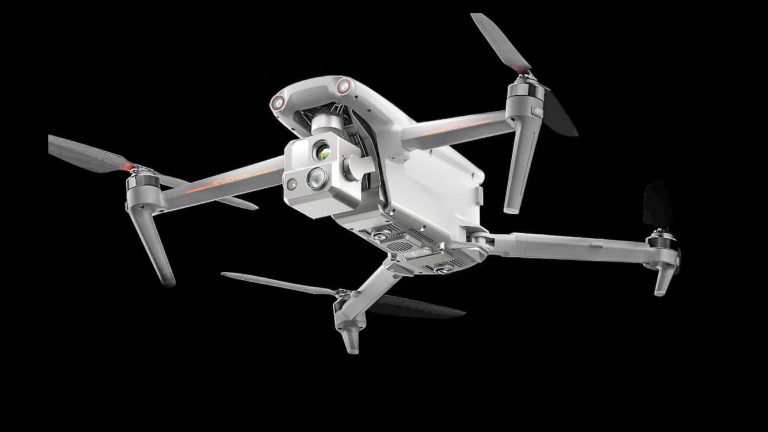
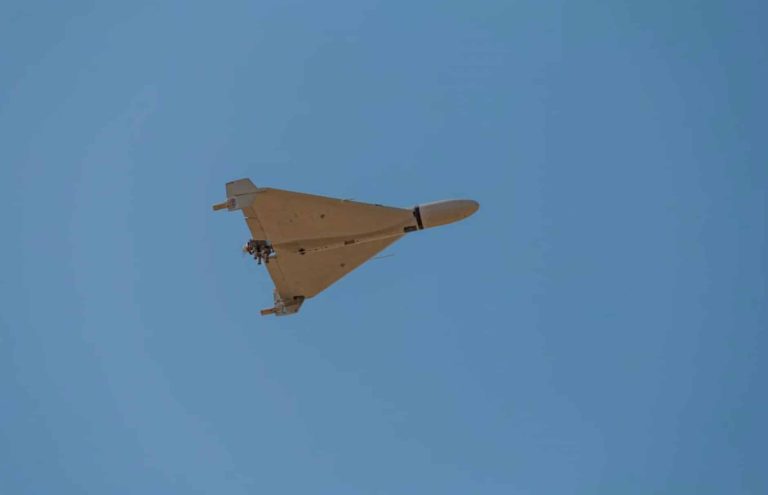
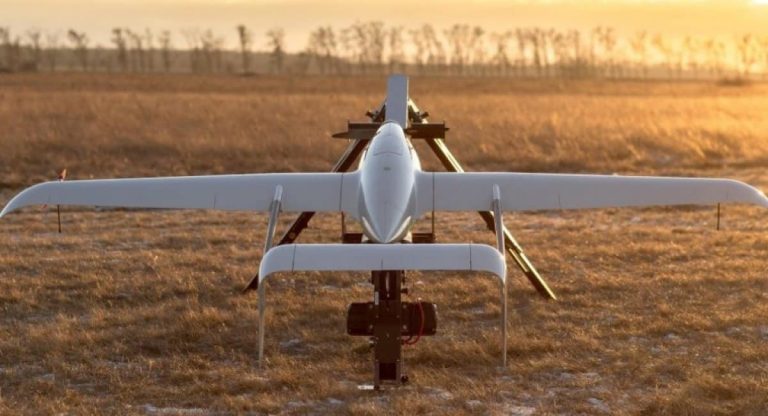
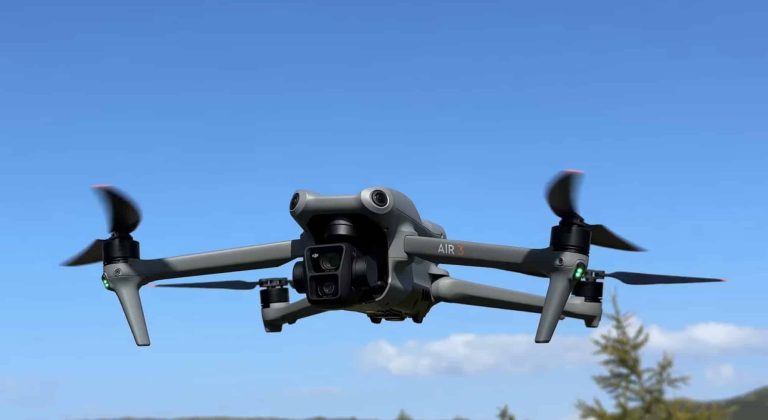

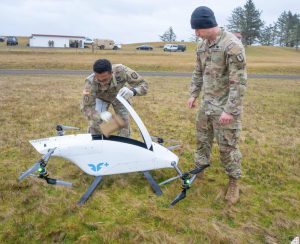
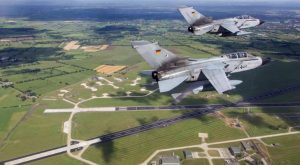

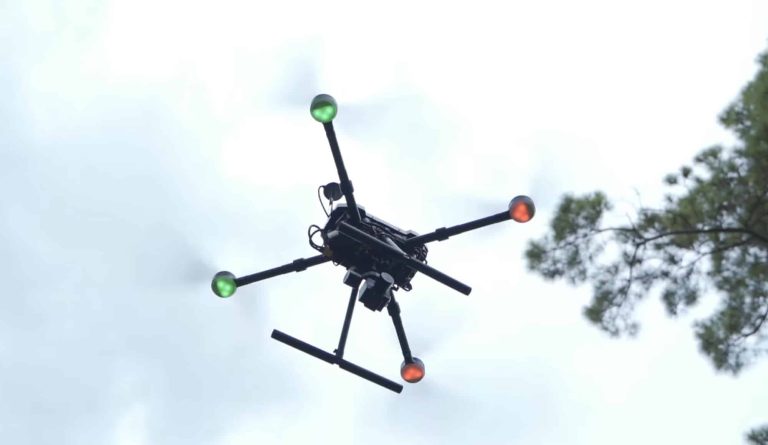
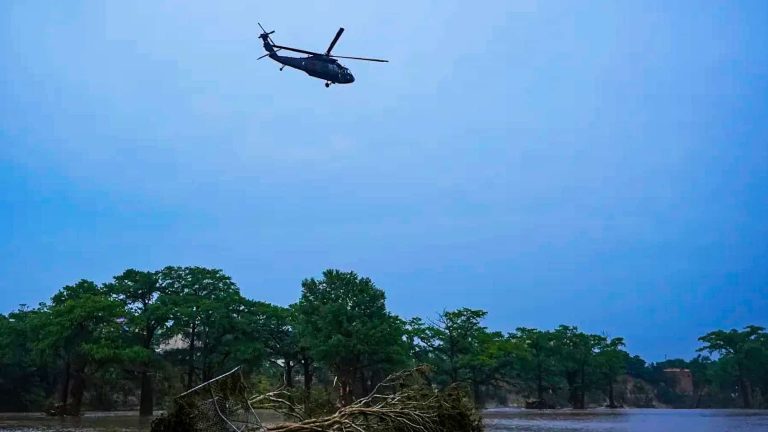
+ There are no comments
Add yours